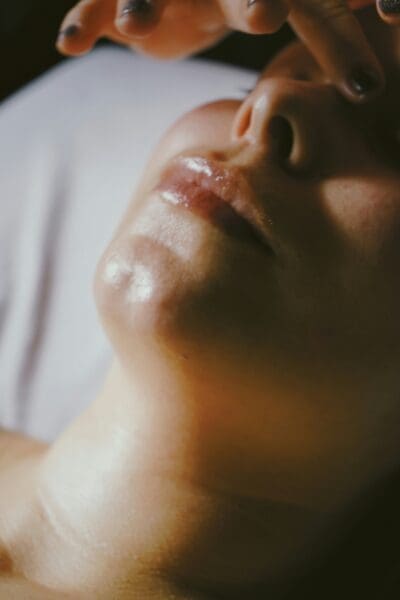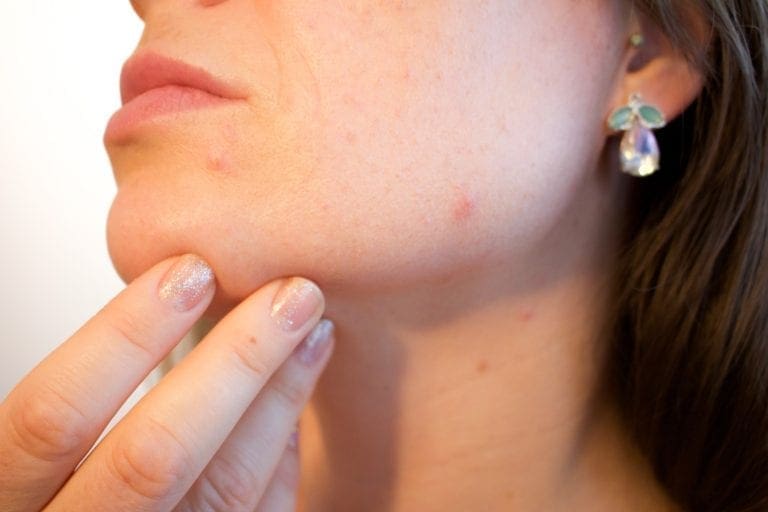Next-Level Skin Care: Advanced Techniques for Face Resurfacing

For many, achieving a radiant and youthful complexion is a lifelong pursuit. While a consistent, gentle skincare routine is essential, traditional methods often have limitations. For those seeking more dramatic results, advanced face resurfacing techniques offer a path to smoother, brighter, and more even-toned skin.
This article delves into next-level skincare, exploring some of the most popular and effective face resurfacing techniques. We’ll discuss how they work, their potential benefits, and what to consider before taking the plunge.
Stay with us to uncover the secrets!
Understanding Face Resurfacing
Face resurfacing treatments aim to remove or ablate (destroy) the top layers of skin, encouraging the growth of new, healthier skin cells. This process can address a variety of concerns, including:
- Fine lines and wrinkles
- Sun damage
- Acne scars
- Rough texture
- Enlarged pores
Some Types of Face Resurfacing Techniques
- Microneedling
Microneedling has become a popular choice for those seeking a smoother, more youthful complexion. This minimally invasive treatment utilizes a device with tiny needles to create controlled micro-injuries in the skin. These “micro-wounds” trigger the body’s natural healing response, stimulating collagen and elastin production – the building blocks of youthful, plump skin.
This treatment targets various concerns, including fine lines and wrinkles, acne scars, enlarged pores, and uneven texture. It’s versatile and customizable to address your specific needs. Compared to more aggressive resurfacing techniques, microneedling offers a shorter recovery time and is generally well-tolerated.
- Chemical Peels
This treatment harnesses the power of chemical solutions to remove damaged outer layers of the face, revealing a renewed, healthier complexion beneath.
The magic lies in the controlled “burn” caused by the chemical solution. The depth of the peel determines the intensity of the results. Lighter peels address fine lines, uneven tone, and mild sun damage. As you move towards medium peels, the focus shifts to tackling deeper wrinkles. Deep peels, while offering the most dramatic transformation, require significant downtime for healing.
But remember, you choose a highly skilled professional to perform this treatment. Wondering why. Here is the answer. Experts performing chemical peels at Gambhir Cosmetic Medicine say these advanced treatments are customized to each person’s unique texture. This personalization is key to achieving the best results, ensuring that every treatment is precisely suited to meet individual skin needs and concerns.
- Laser Resurfacing
This technology harnesses the power of concentrated light beams to precisely target and remove damaged layers of skin. Unlike chemical peels, which have a broader effect, lasers offer a highly customized approach.
Laser resurfacing can address a multitude of concerns. It includes fine lines and wrinkles, acne scars, and even uneven texture—with pinpoint accuracy.
Different laser types cater to specific needs. Ablative lasers, like CO2 lasers, offer dramatic results by vaporizing damaged skin. For those seeking a gentler approach, non-ablative lasers like Fraxel stimulate collagen production without significant ablation, which is ideal for improving texture and fine lines. While laser resurfacing requires more downtime than some options, the potential for a smoother, brighter, and more youthful complexion makes it a compelling choice for many.
- Dermabrasion
Dermabrasion offers a more intensive approach to skin resurfacing. This technique utilizes a rotating device with a rough surface that mechanically removes the top layer of skin. Unlike chemical peels and lasers, dermabrasion provides a physical exfoliation, effectively targeting deeper wrinkles, acne scars, and uneven texture. While powerful, dermabrasion is a more aggressive option compared to other methods. It requires a longer recovery period, often involving several weeks of redness and potential scabbing.
Additionally, dermabrasion may not be suitable for all skin types, particularly those with darker complexions, due to a higher risk of hyperpigmentation. A thorough consultation with a dermatologist is crucial to assess your suitability for dermabrasion and determine if it’s the best option for addressing your specific concerns.
Benefits of Face Resurfacing
- These treatments can smooth rough texture, minimize the appearance of pores, and even out tone for a more radiant complexion.
- By stimulating collagen production, these techniques can visibly reduce the appearance of fine lines and wrinkles, promoting a more youthful appearance.
- Resurfacing can address sun damage like hyperpigmentation and uneven tone, revealing brighter, healthier-looking skin.
- Some techniques, like microneedling, can improve the appearance of acne scars and other blemishes.
Conclusion
Face resurfacing techniques offer a powerful way to significantly improve skin texture, tone, and overall appearance. However, careful consideration and thorough consultation with a qualified professional are essential before embarking on this path.
Remember, achieving healthy, radiant skin is a journey, not a destination. A consistent skincare routine combined with a healthy lifestyle can go a long way in promoting a youthful and glowing complexion.
Similar Posts:
- None Found









